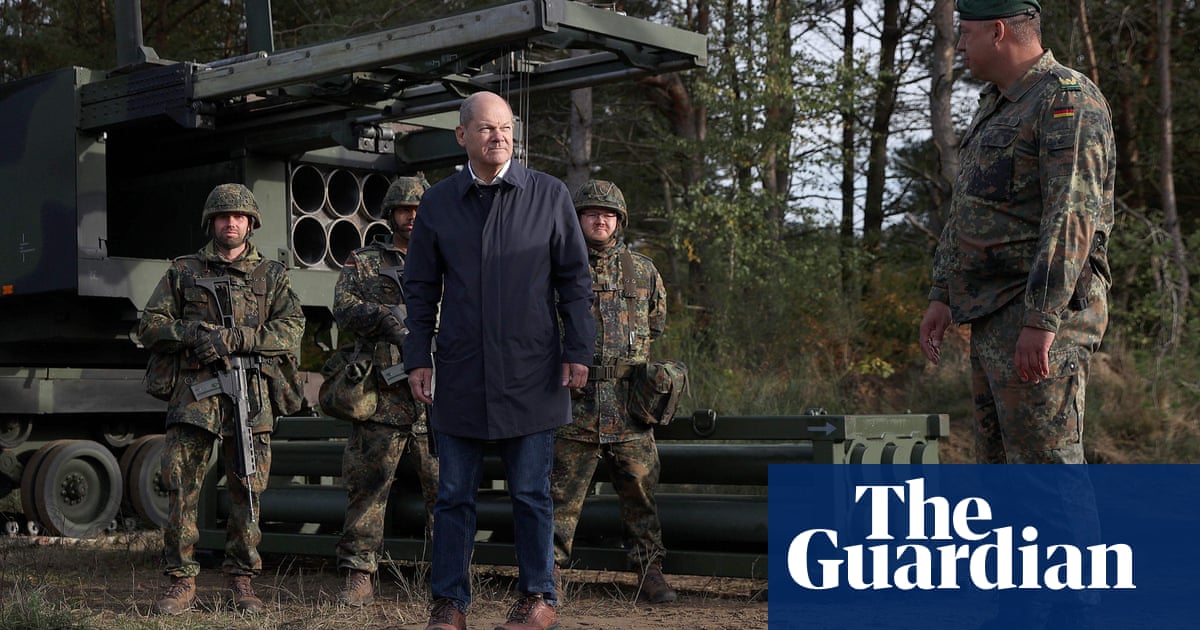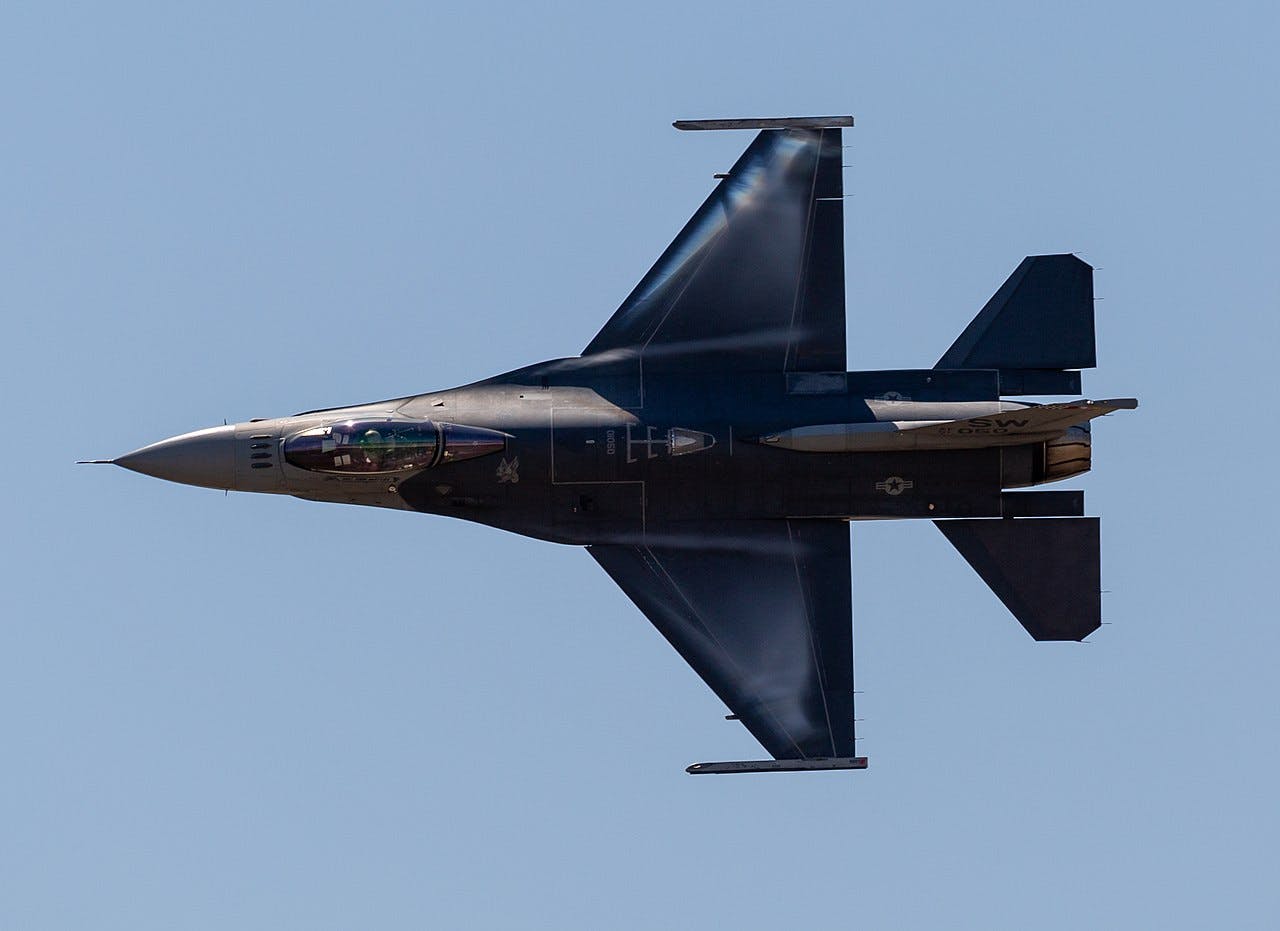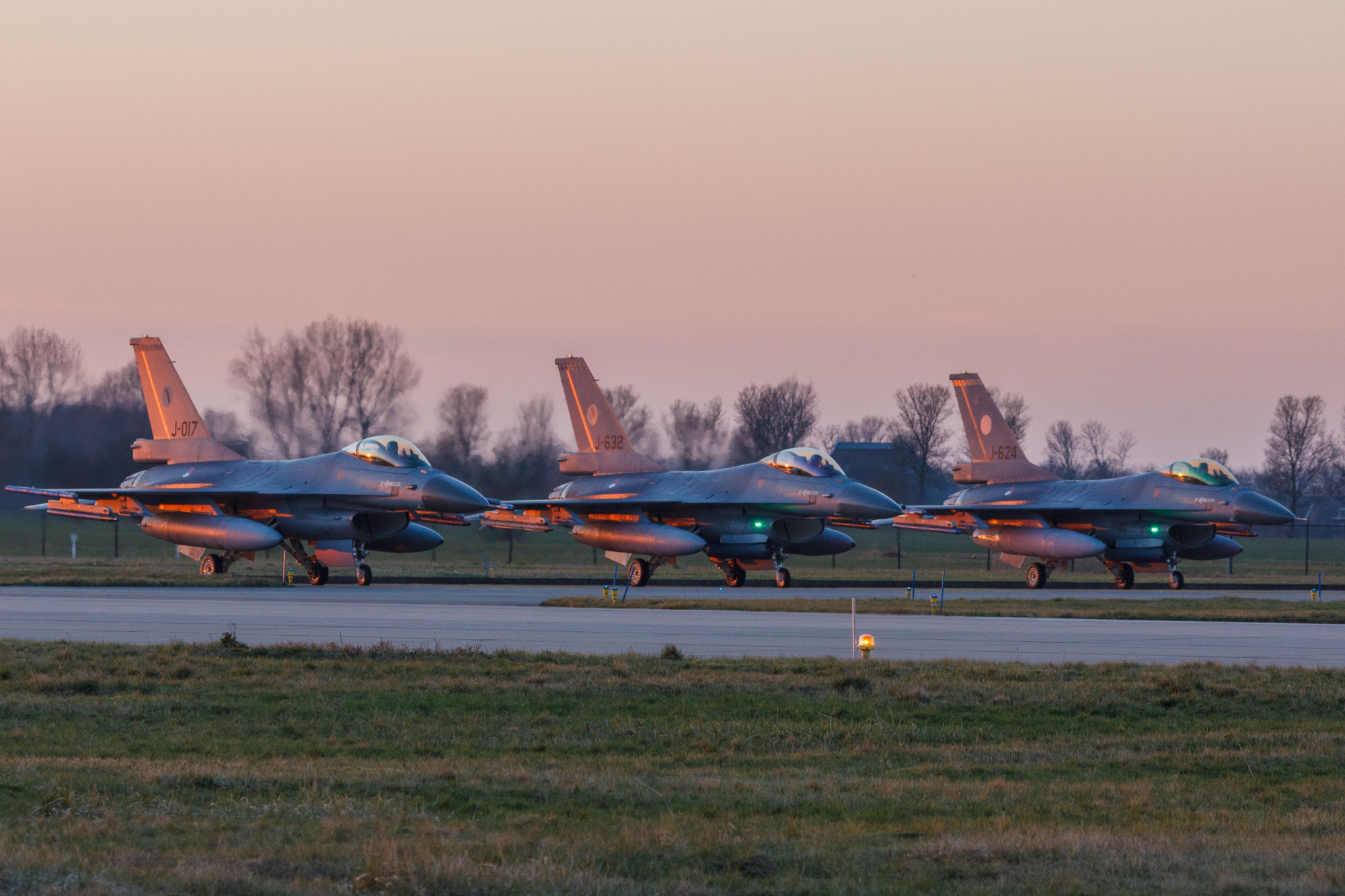Historically it wasn’t uncommon to have economic matters force an end to wars. Even as recently as wwI only England and France and the USA had the and the ability to sustain another year of war and that only from American loans. Germany was kaput and was swept by revolution due in no small part to economic ruin and hardship. The war was over that year regardless. Austria has already collapsed. Turkey crushed. This has been a low grade conflict compared to WWI and Russia has a brilliant central banker so they are in far better shape than they could have been.
They rebellions going on in Germany is what really brought them down. The economic chaos contributed to the unrest. WW I was pretty much a classic war of attrition on a grand scale. The allies wore down the Central Powers over time.
An interesting article from The Spectator
Russia wants to bleed Ukraine dry before its tanks arrive
"General Gerasimov, now directly running operations in Ukraine, is pushing for offensive operations to try and draw Ukraine’s reserves into defensive fighting and therefore remove their ability to prepare for offensive operations. The Russians are hoping that if they bleed out Ukraine’s better units now they will hold onto the territory they have seized. For the next couple of months at least Ukraine must avoid these threats with the equipment it already fields."
I don't think the Ukrainians are throwing their better units into the fight. The best units are currently getting western training for the coming offensive. The Ukrainians army has grown to 1.5 million people. The quality and training of units ranges from Territorial Guard Units who had no training at the start of the war and now have some training, but are not that well trained on up to units that have been through NATO training schools in the UK and Germany and are completely up to date on the latest NATO tactics.
The weapons given to the different units varies a lot too. AFU has such a weird array of weapons that they can prioritize who gets what. A lot of the video appearing on Telegram and other social media is from the Territorial Guard units. The better trained units aren't telling the world what they're doing. A lot of the lesser trained units are holding the line in places like Bakhmut now.
What I see with this Russian strategy is like an inexperienced chess player who is trying to take out as many of their opponent's pieces as they can without paying attention to the fact they are trading pieces 2:1 in their opponent's favor.
Russia does have a larger population than Ukraine, but Russia has a lot of problems Ukraine doesn't. Russia has to manufacture any new weapons of ammunition they are bringing to the war. Ukraine is getting freebies from their friends and don't need to run a full scale war production economy. Russia also needs to keep their national economy going because they are pretty much on their own with only a few weak allies. Ukraine's economy is being propped up by their friends.
Additionally Ukraine is taking large number of women into their military which gives them more fighters or if not all fighting, they are taking jobs that free up more men for fighting (I know there are women who are on the front lines, but most of the women in the AFU are serving in support roles). The USSR was the only power in WW II to have a fair number of women in combat roles, but the modern Russian army is all men.
Ukraine has a better education system than Russia which makes the common soldier better quality. Russia draws most of their conscripts from the rural parts of Russia where poverty is severe, education is especially poor, and in a lot of ways modern technology has not penetrated to that stratum of society. Just about every Ukrainian has decent, basic computer skills or better. Ukraine is also a culture of tinkerers, so most soldiers are out there fashioning things to help them and their fellows. Rural Russia doesn't have that tinkering thing and they are mostly only interested in where their next drink is coming from.
The needs to keep the home economy going reduces the population that can be mobilized in Russia. So does the male only nature of the army.
On offense against an army of roughly equal technology, the attacker needs to bring at least a 2:1 advantage in unit strength to have even a poor chance of succeeding. If the enemy is dug in, closer to 4 or 5:1 is needed. The Russians have gained some small gains by locally putting a lot more men in the field in Soledar and Bakhmut, but Ukraine didn't meet the Russian raise and chose to surrender some ground instead because Ukraine doesn't want to commit it's forces that are being prepared for the offensive and the people playing defense are good enough for what is needed right now.
Russia doesn't have the available population to get to enough to take Ukraine at this point. They can overwhelm a local defense by going all in to take some worthless village, but they are paying a steep price for each kilometer of ground. Russia is losing 800 dead a day on average now. This has been going on more or less steadily for weeks. 800 men is the size of a BTG, though it appear Russia has mostly abandoned that unit structure at this point.
But a BTG is a convenient measure. Russia started the war with about 190 BTGs committed and about 250 total in the entire army. The Russians are also taking losses from non-combat injuries like frostbite, people falling off trucks and breaking a leg, etc. There are also non-combat losses such as alcohol related deaths (alcohol fueled fights among the men are common), hypothermia, traffic accidents, etc. And from combat they are probably having a number of wounded who are going to be out of the fight permanently due to serious wounds. In a western army and in the Ukrainian army that's a couple of times the dead, but in the Russian army they are so bad at evacuating wounded that it may only be 1:1.
Between cold injuries, other non-combat injuries and deaths, and seriously wounded, they are probably losing another 800-1600 a day. That's up to 3 BTGs a day. And it's been going on pretty steadily since late November. If say only 2 BTGs a day for two months, that's 120 BTGs of 2/3 of the force they start the war with. That's not counting the heavy losses they had before November which amounted to most of the force they started the war with.
Even if the Russians can tolerate losses to the same level as the Japanese in WW II who would fight down to the last man in fanatical fashion, their forces were still gutted. An army of 0 fanatical Banzai warriors may be fierce, but it's also non-existent. And the Russians aren't as fanatical as the Japanese were.
What's happening to the Russian army right now is very similar to what happened in 1917. They kept the army in the field and their industry was actually keeping up with supply, but the army reached a point where they were just done with all the pointless losses and they rebelled. It started off small, as rebellions often do, but it quickly grew to encompass most of the Tsar's army. At that point Russia had to sue for peace because the army refused to fight and the rebellion was coming back home.
Ukraine has virtually no chance of a morale collapse. Everyone knows what they are fighting for and why. They know if they stop, Ukraine ceases to exist. It's a very simple message.
Russians are less clear what they are fighting for. Moscow keeps coming up with new reasons, but none of them are all that great. Ultimately the army is there because Putin wants to take Ukraine and nothing more. It's obvious to anyone on the front in Ukraine that the Ukrainians are not all that pleased with that notion.
Russia faces the real prospect of a rebellion in the ranks. Especially if they keep up this strategy of trying to drain the Ukrainian army by getting their own people killed.

 www.theguardian.com
www.theguardian.com










